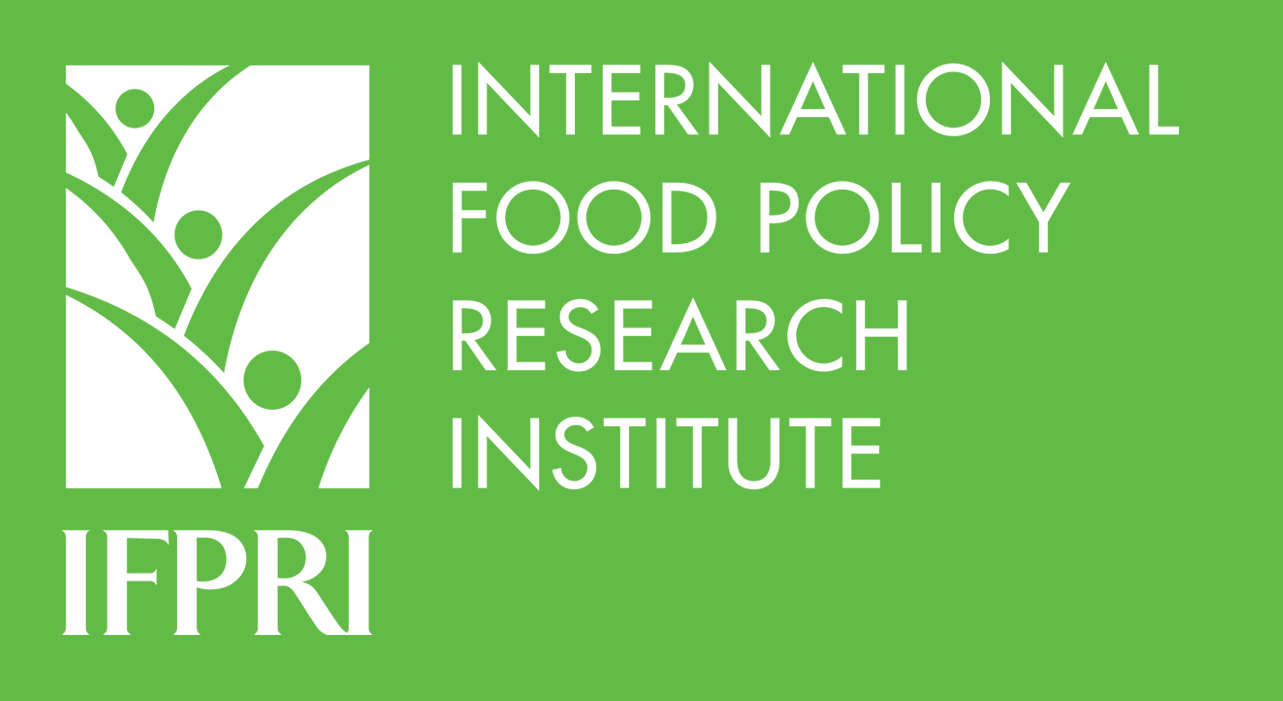Description

Disclaimer: Copyright infringement not intended.
Context
- The International Food Policy Research Institute (IFPRI) has released Global Food Policy: Climate Change & Food Systems, which reflects that India’s risk of hunger could increase by 23% by 2030 due to climate change.
- The projections are based on the IMPACT model developed by the Consortium of International Agricultural Research Centres (CGIAR), which simulates national and international agricultural markets.
- It evaluates the impact of climate change on aggregate food production, food consumption (kcal per person per day), net trade of major food commodity groups, and the population at risk of going hungry.
Key findings of the report
- India’s food production could drop 16% and the number of those at risk for hunger could increase 23% by 2030 due to climate change.
- The number of Indians at risk from hunger in 2030 is expected to be 73.9 million in 2030 and, if the effects of climate change were to be factored in, it would increase to 90.6 million.
- The aggregate food production index would, under similar conditions, drop from 1.6 to 1.5.
- On a positive note, climate change will not impact the average calorie consumption of Indians and this is projected to remain roughly the same at 2,600 kcal per capita per day by 2030 even in a climate change scenario.
- Baseline projections indicate that global food production will grow by about 60% over 2010 levels by 2050 in the context of climate change.
- Production and demand are projected to grow more rapidly in developing countries, particularly in Africa, than in developed countries, due to projected growth in population and incomes.
- Diets are also shifting toward higher-value foods, including more fruits and vegetables, processed foods, and animal-source foods, outside of high-income countries.
- Production of fruit and vegetables is projected to grow more than double in most regions (Central and West Asia and North Africa; East and Southern Africa; and West and Central Africa) by 2050.
- The demand for processed foods also shows up in the growing production of oil crops: by 2050 production is expected to more than double in Southeast Asia and West and Central Africa.
- Meat production is projected to double in South Asia and West and Central Africa by 2030 and triple by 2050.
- By the same year, average dietary energy consumption is projected to increase by about 10% globally to more than 3,000 kcal per capita per day.
- Despite this growth, per capita consumption levels in developing countries will remain less than half of those in developed countries.
- The regional differences in access to food mean that nearly 500 million people are projected to remain at risk of going hungry.
- Globally, about 70 million more people will be at risk from hunger because of climate change, including more than 28 million in East and Southern Africa.
- The average temperature across India is projected to rise by between 2.4°C and 4.4°C by 2100. Similarly, summer heatwaves are projected to triple by 2100 in India and increase at the rate of 0.71 days per decade in Pakistan.
https://www.thehindu.com/news/national/food-production-to-dip-hunger-to-rise-in-india-due-to-climate-change-says-report/article65407716.ece












